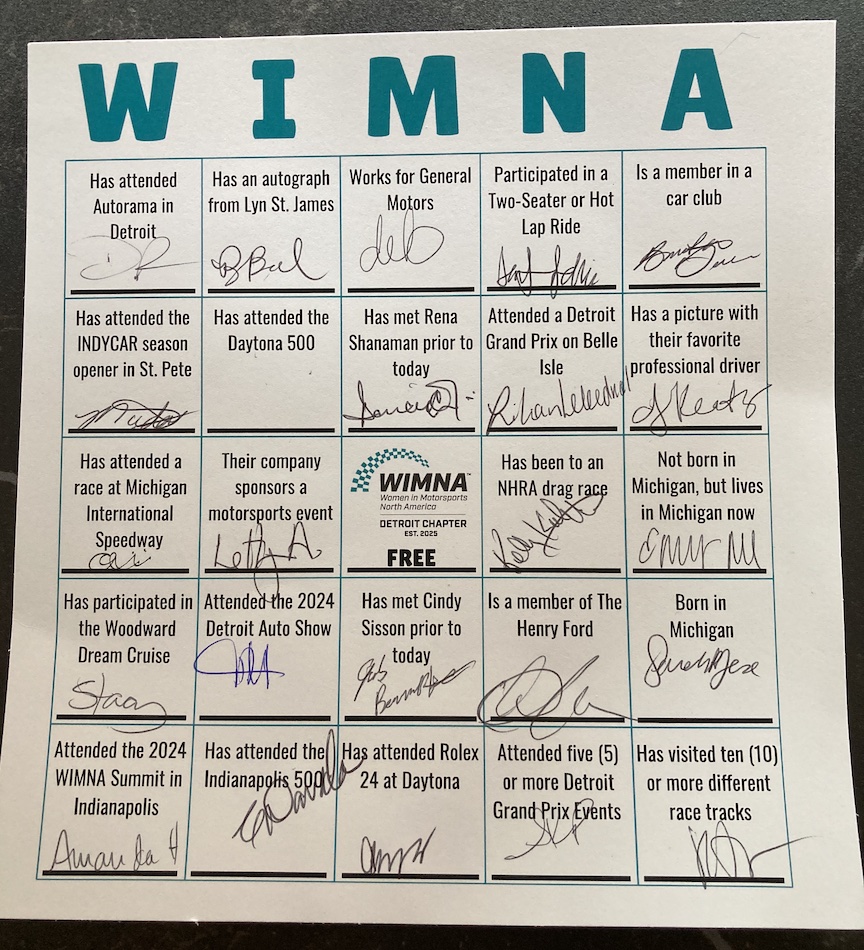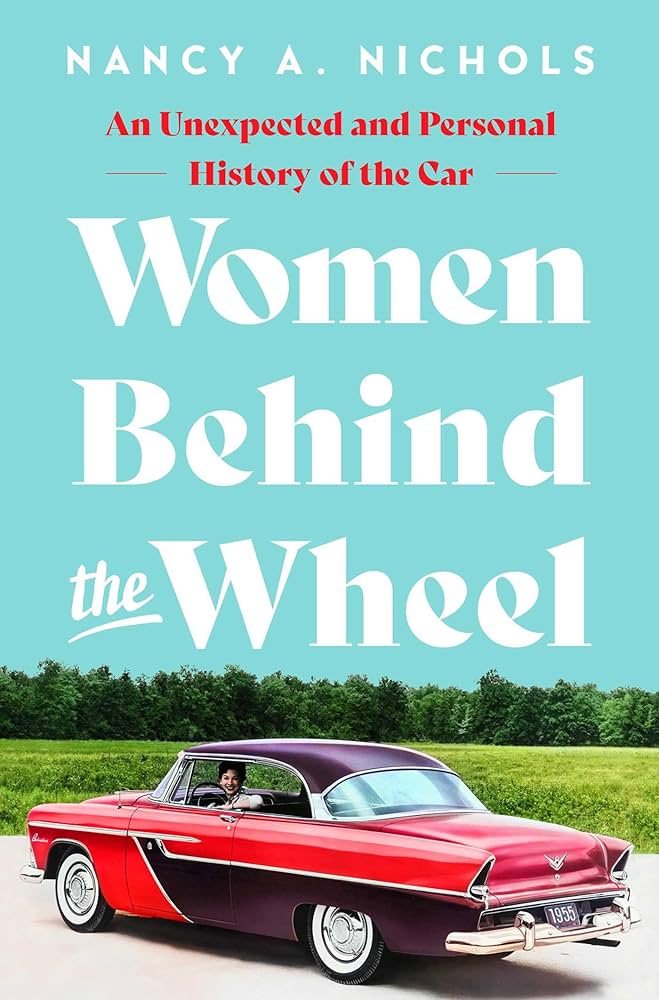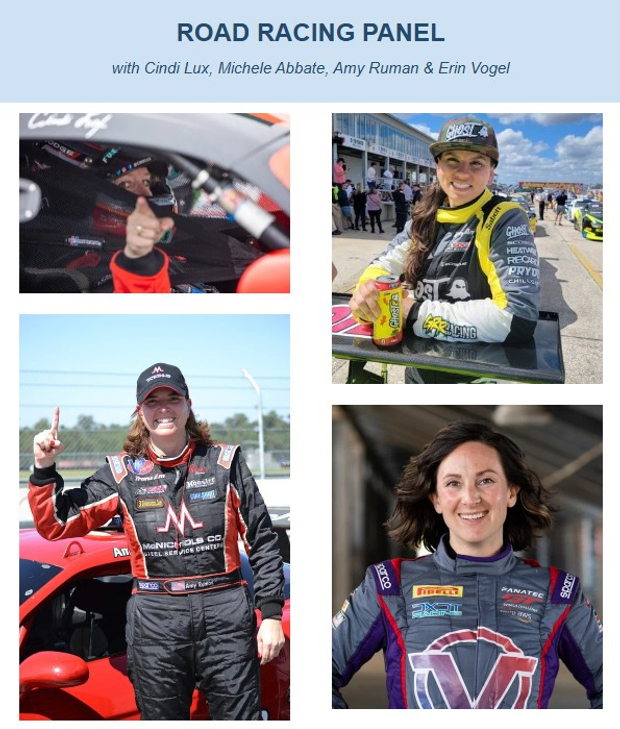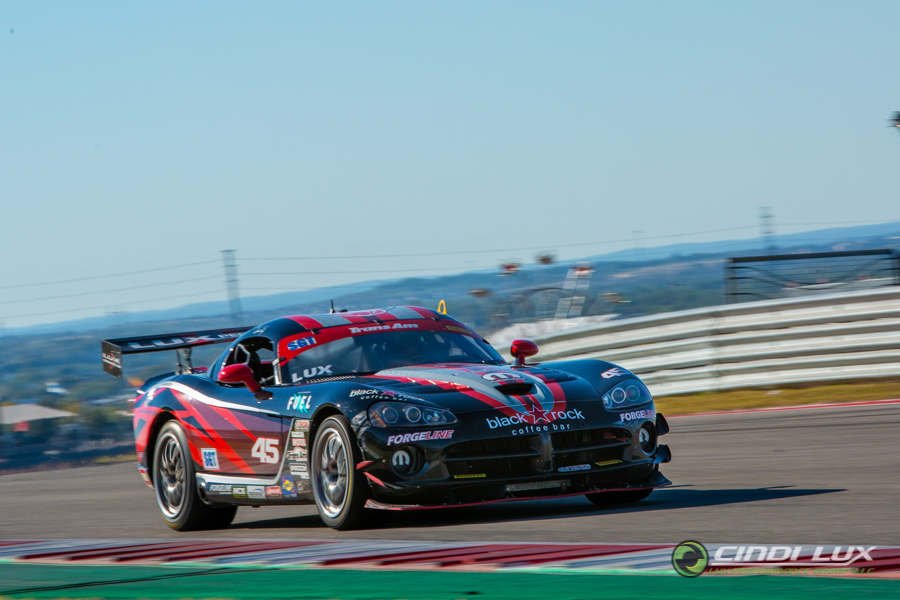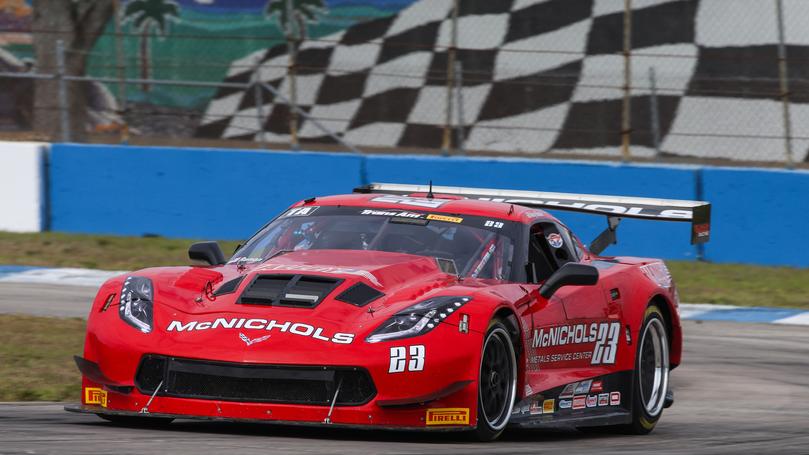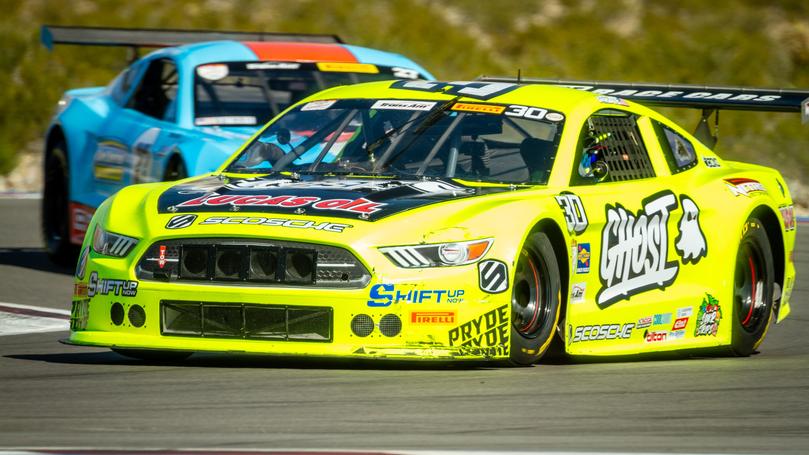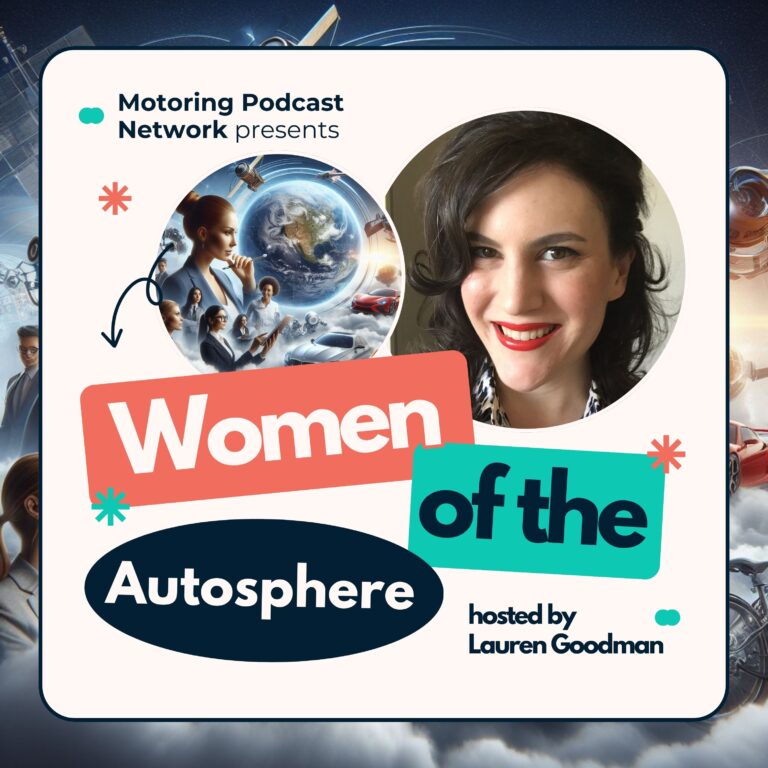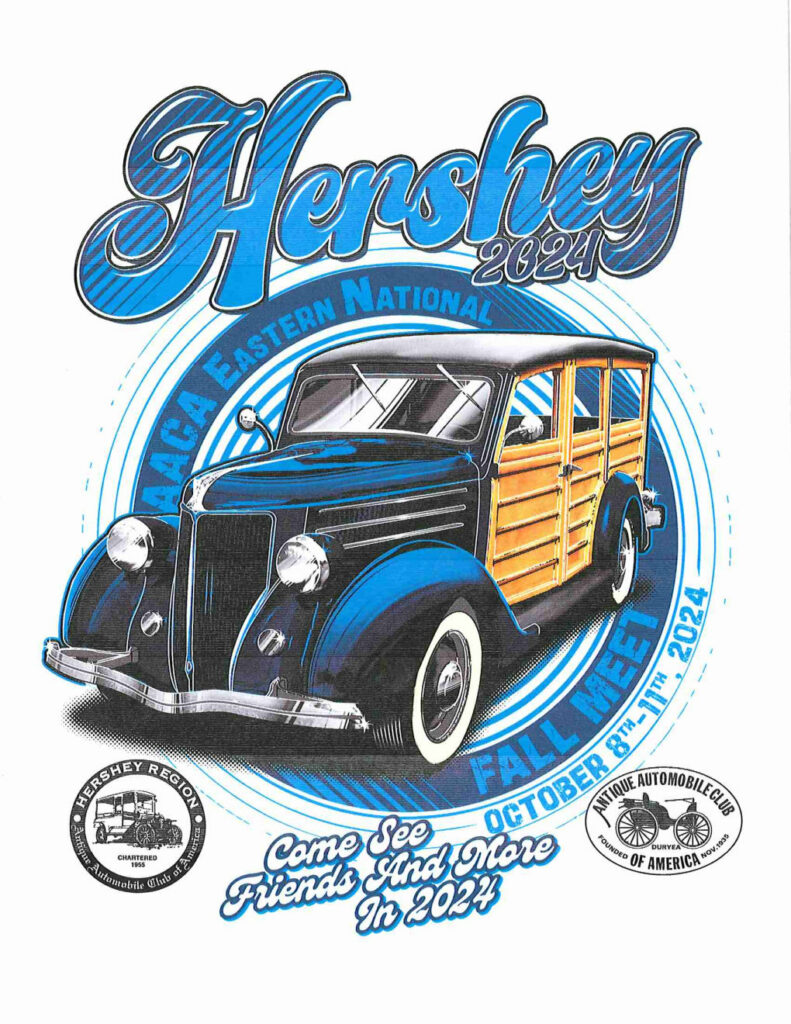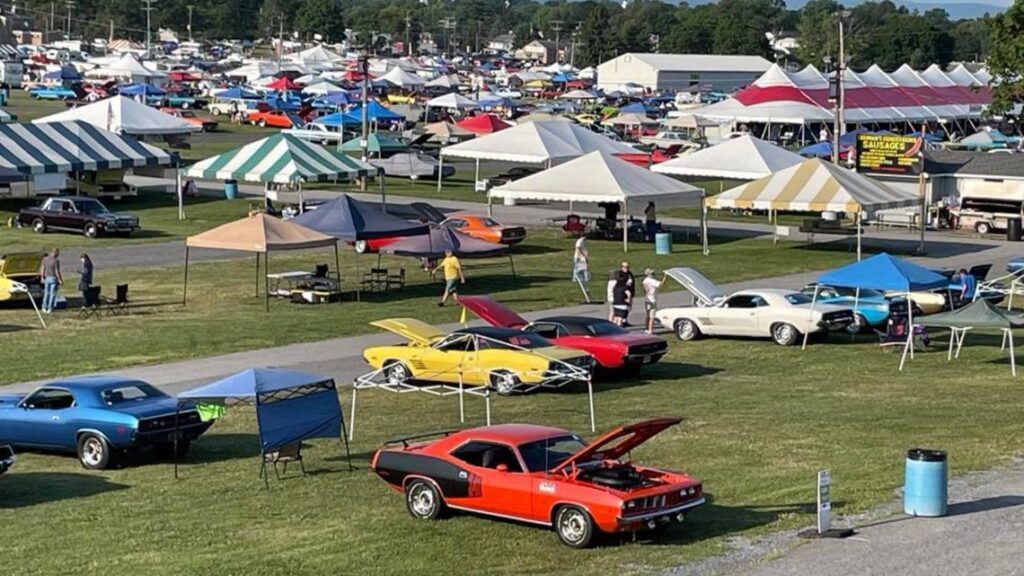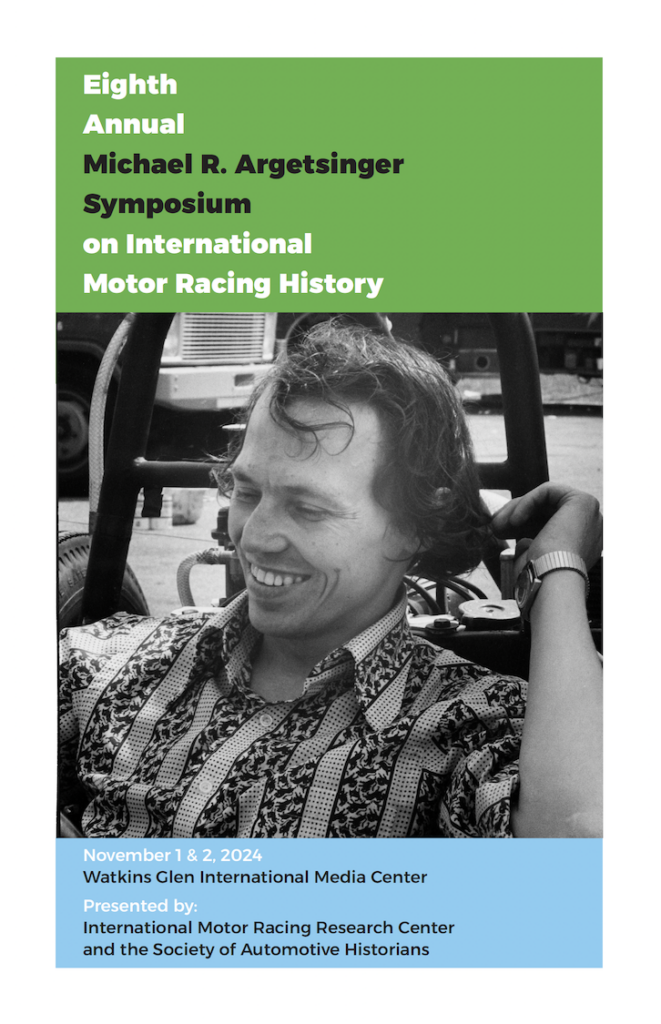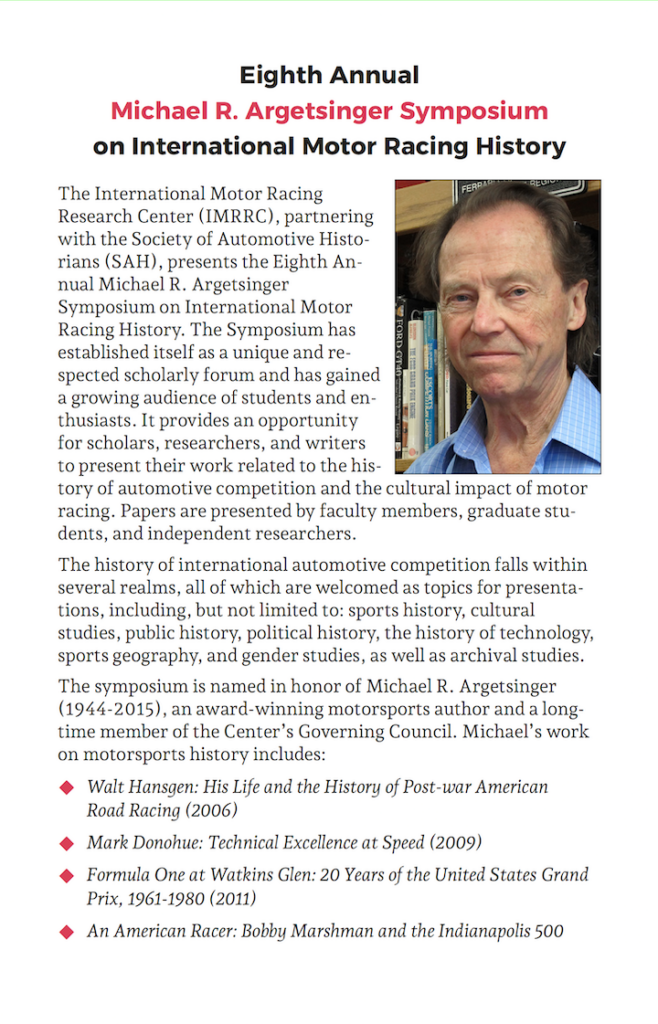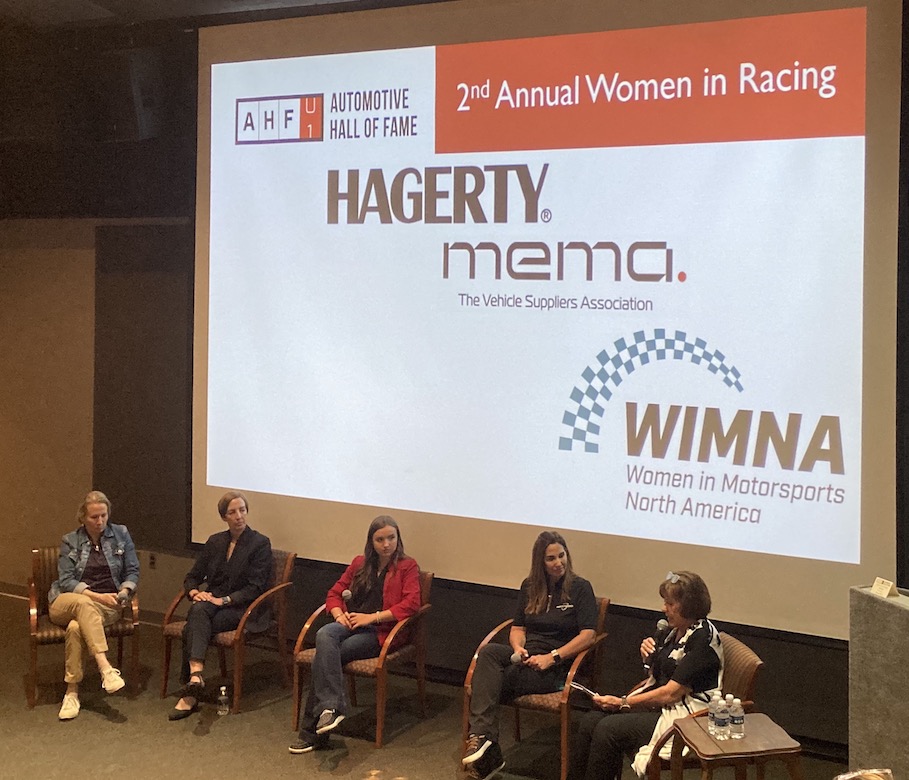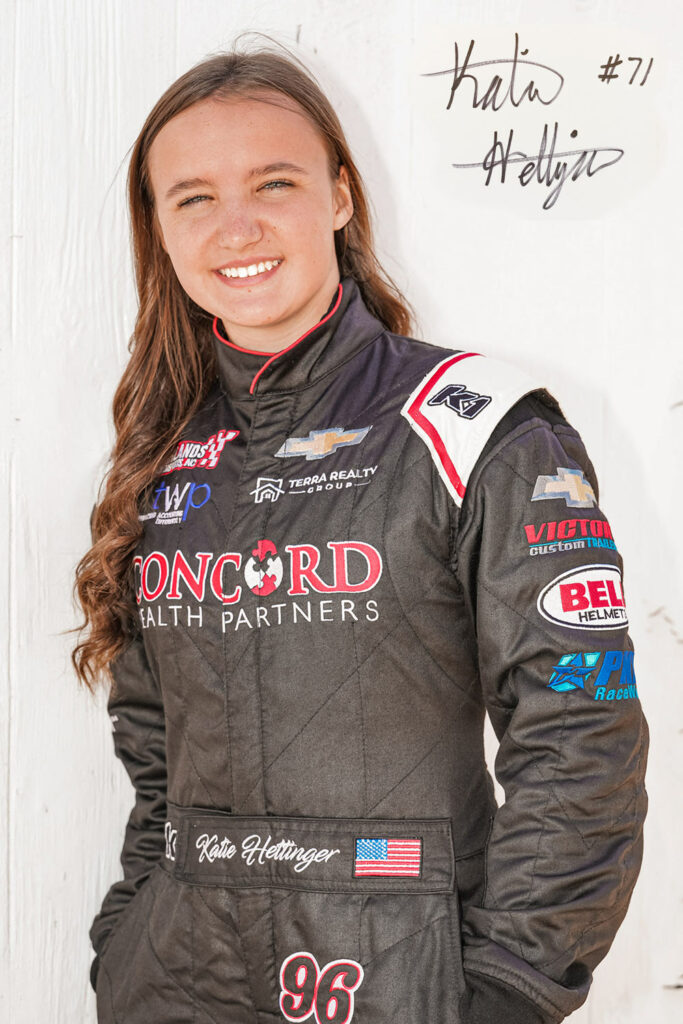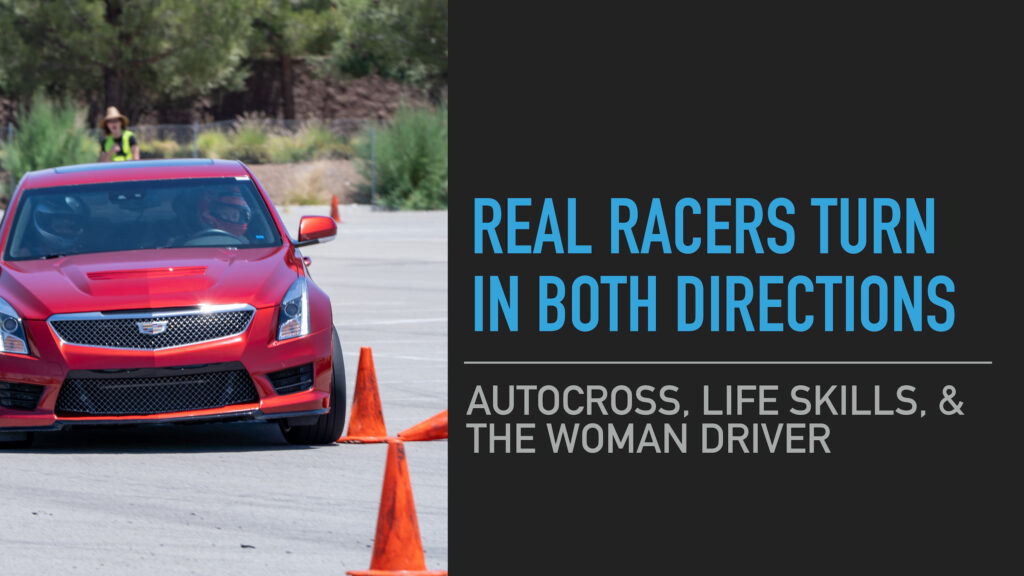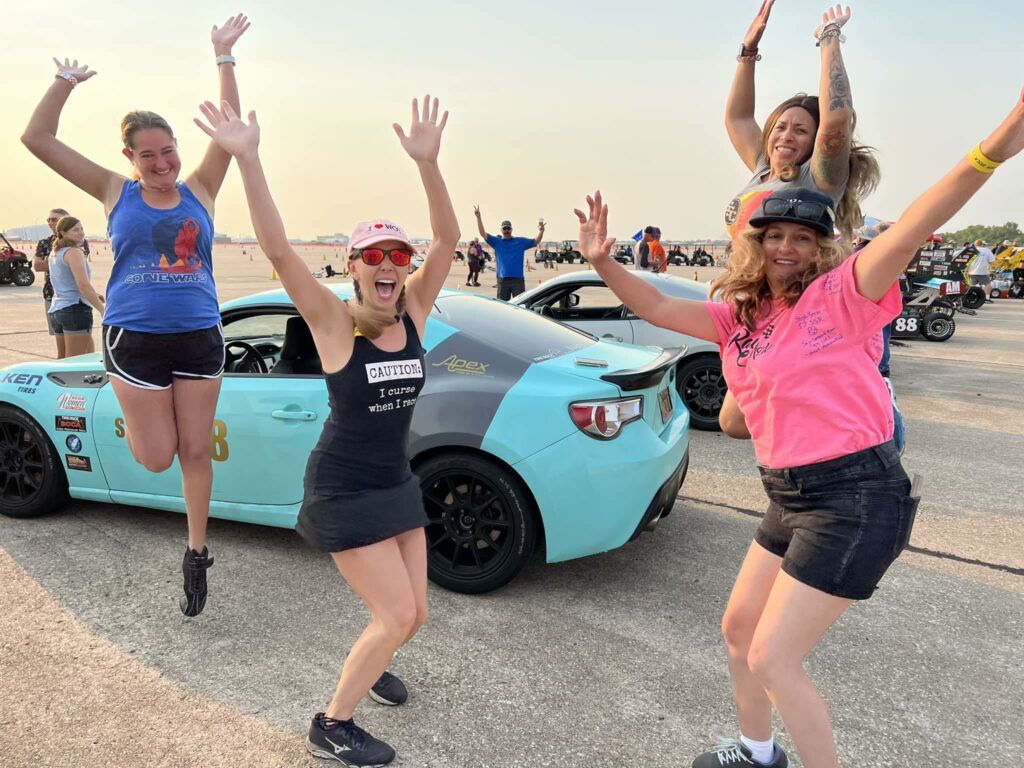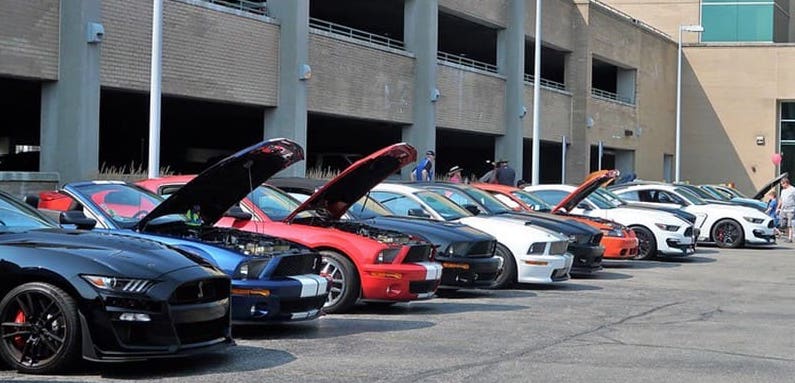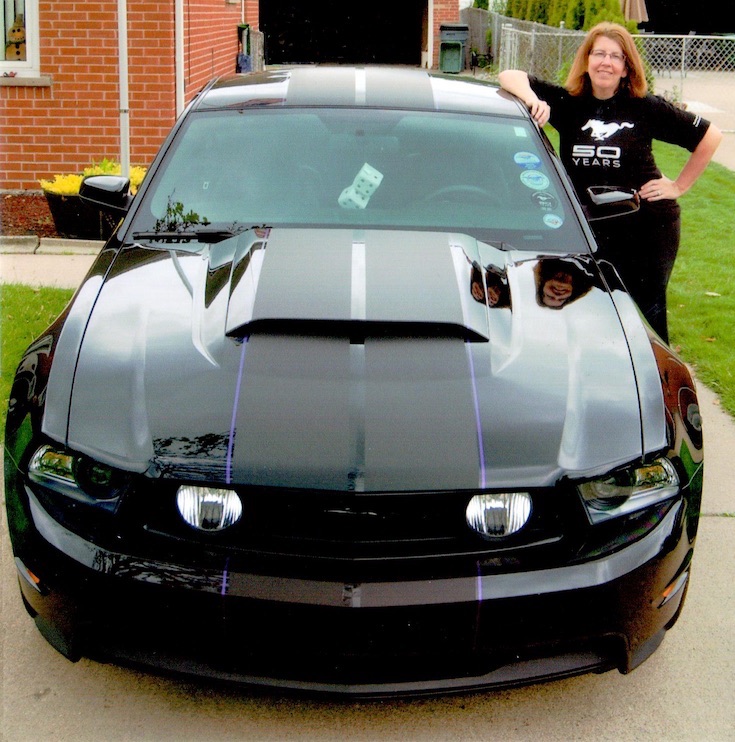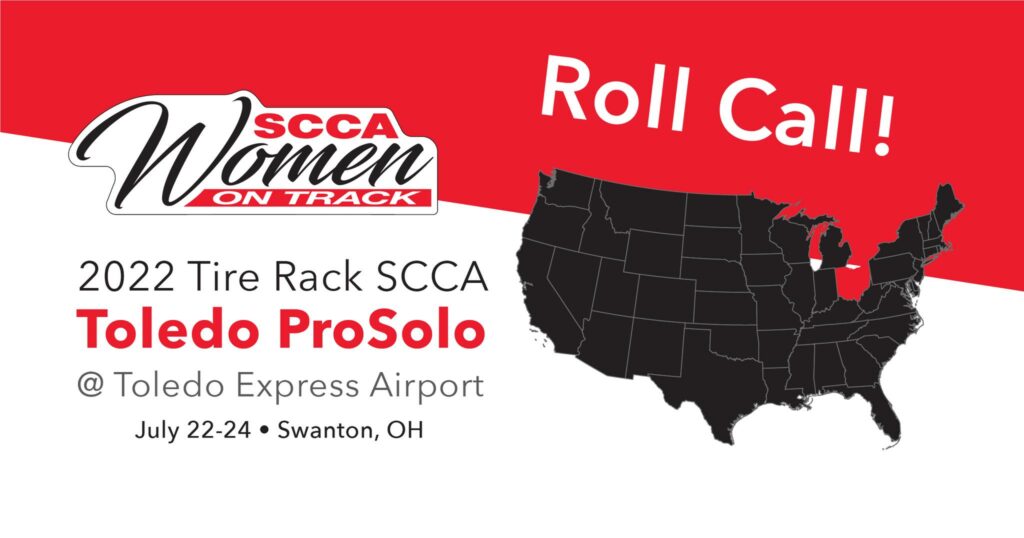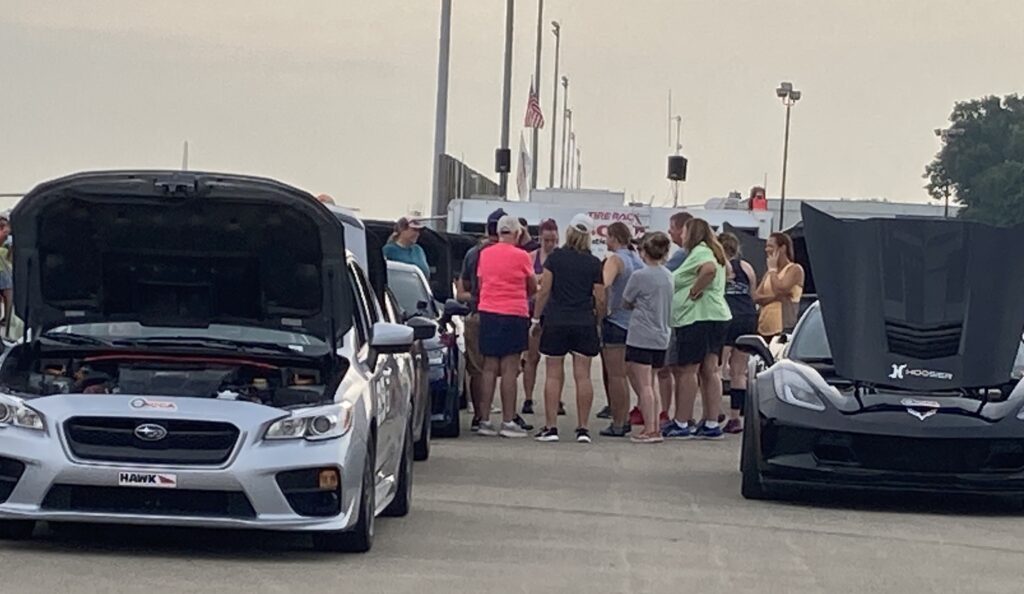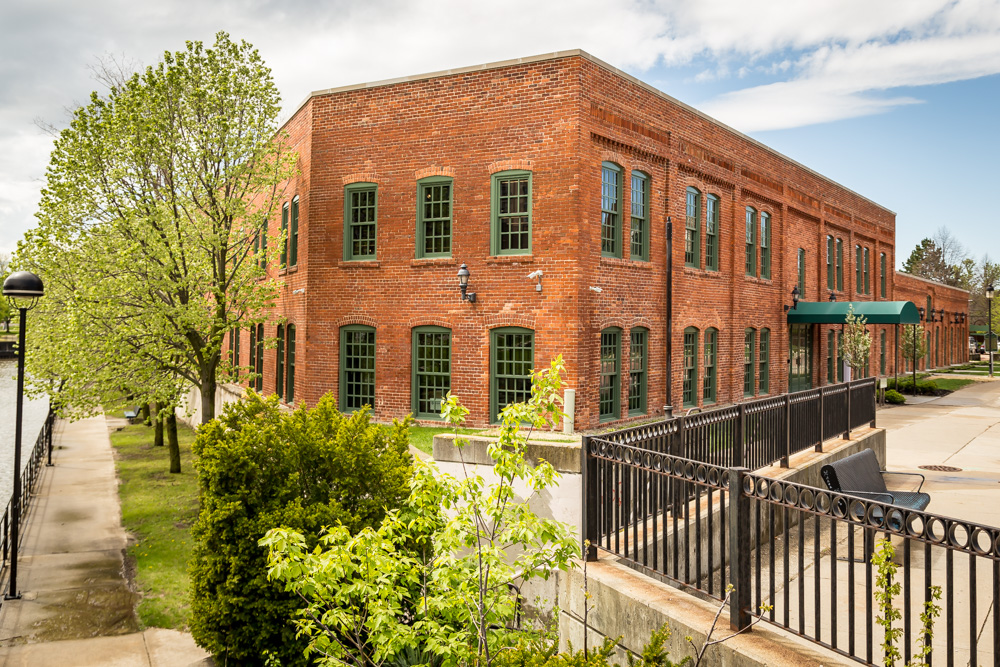
The Society of Automotive Historians Banquet has traditionally been held each October in Hershey, Pennsylvania, where the organization was founded over 50 years ago. It took place in conjunction with the AACA [Antique Automobile Club of America] Eastern Division Fall Meet, a massive antique and classic car show, swap meet, and flea market held on the expansive grounds of Hersheypark.. This year, for the first time, it was decided to move the banquet to the historic Durant-Dort Factory One in Flint, Michigan. The Durant-Dort Factory One was declared a National Historic Landmark in 1978. Considered the birthplace of General Motors, it is where visionary William C. ‘Billy’ Durant made his first fortune in the horse-drawn carriage business with his business partner Josiah Dallas Dort during the late 1800s. After falling into disrepair over the next century, the building was purchased and restored by GM in 2013; the goal was to preserve an early cornerstone of the global auto industry in Flint and create a modern meeting and exhibition space.
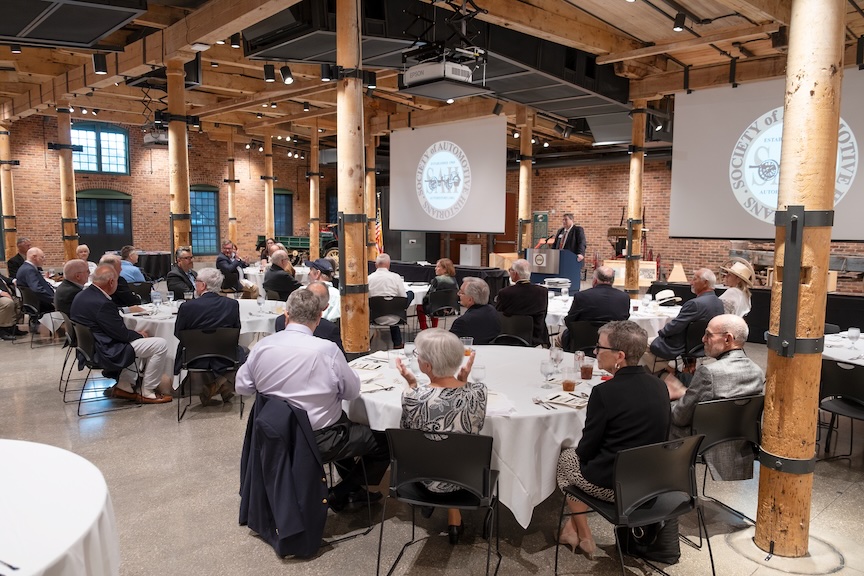
(Photo by John M. Galloway for General Motors)
As it turns out, the Factory One operations manager is the current SAH president, who generously welcomed the organization into this incredible edifice for this special occasion. Moving the banquet to Flint provided an opportunity for Midwest SAH members, as well as those who work during the week, to attend, many for the first time. Somehow, as I didn’t volunteer nor was I asked, I was put in charge of the banquet. This resulted in nearly one year of freaking out, as I had never in my life been responsible for an event of this size. However, eventually it all came together and it turned out to be a lovely weekend of fun, camaraderie, and celebration.

(Photo by Mary Elton)
I arranged for a number of automotive-centric activities over the weekend for those coming to Flint. The first was a special tour of the Sloan Museum History and Automotive Collections by Curator of Collections Malcolm Cottle. A video program was offered in the Durant-Dort Carriage Company Building across the way from Factory One. Before the banquet, the Kettering Archives opened its doors for a tour of its impressive collection, guided by interim Director of Library Services Dawn Winans. On Sunday, folks were invited to attend the Golden Memories Car Show on the Flint Cultural Center grounds. While I was uncertain as to whether folks would be interested in these offerings, each was very well attended. In fact, one of the award winners drove his 1954 Nash Ambassador from Milwaukee to the Awards Banquet so that he could enter it into the car show the following day.
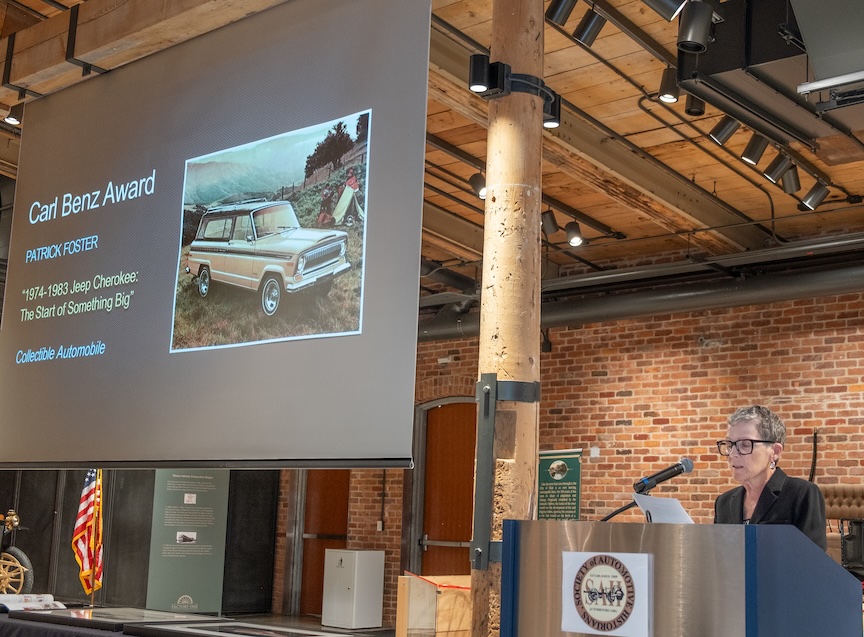
(Photo by John M. Galloway for General Motors)
The Factory One conference space was an incredible venue for the banquet. The audio and visual capabilities were outstanding, and the members enjoyed socializing among the antique vehicles and vintage signage. As for the guest speaker, I convinced Jim Secreto, a retired automotive photographer I worked with over 40 years ago on the Buick account, to give a presentation focused on his automotive advertising art collection. The audience seemed truly engaged and Jim seemed to be enjoying himself.

(Photo by John M. Galloway for General Motors)
Although I hadn’t slept for many nights before the banquet, the weekend turned out to be a success. However, as I take over the reins of the SAH presidency later this year, one of my first actions will be to delegate the awards banquet to someone, anyone, else.


